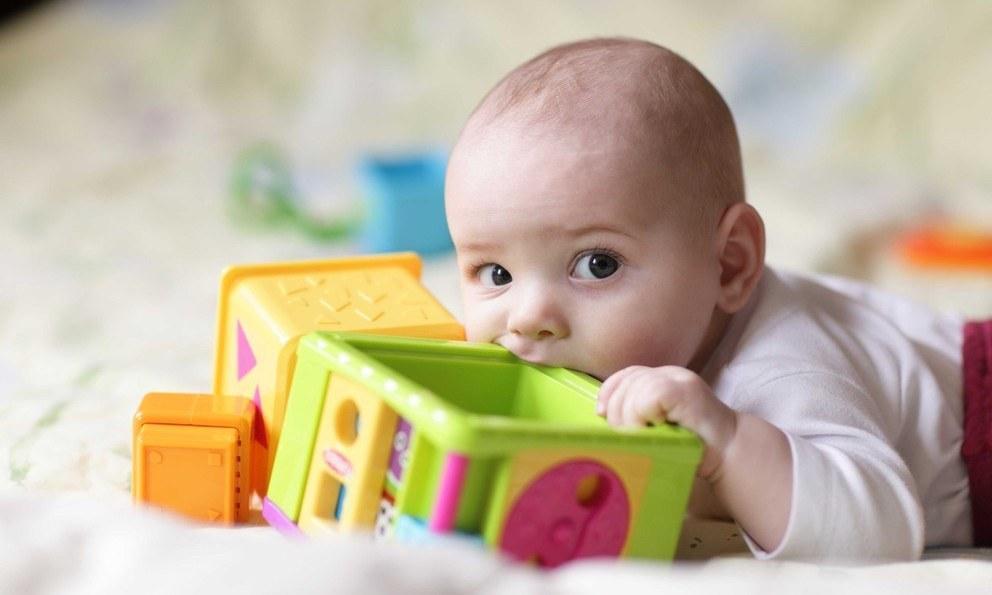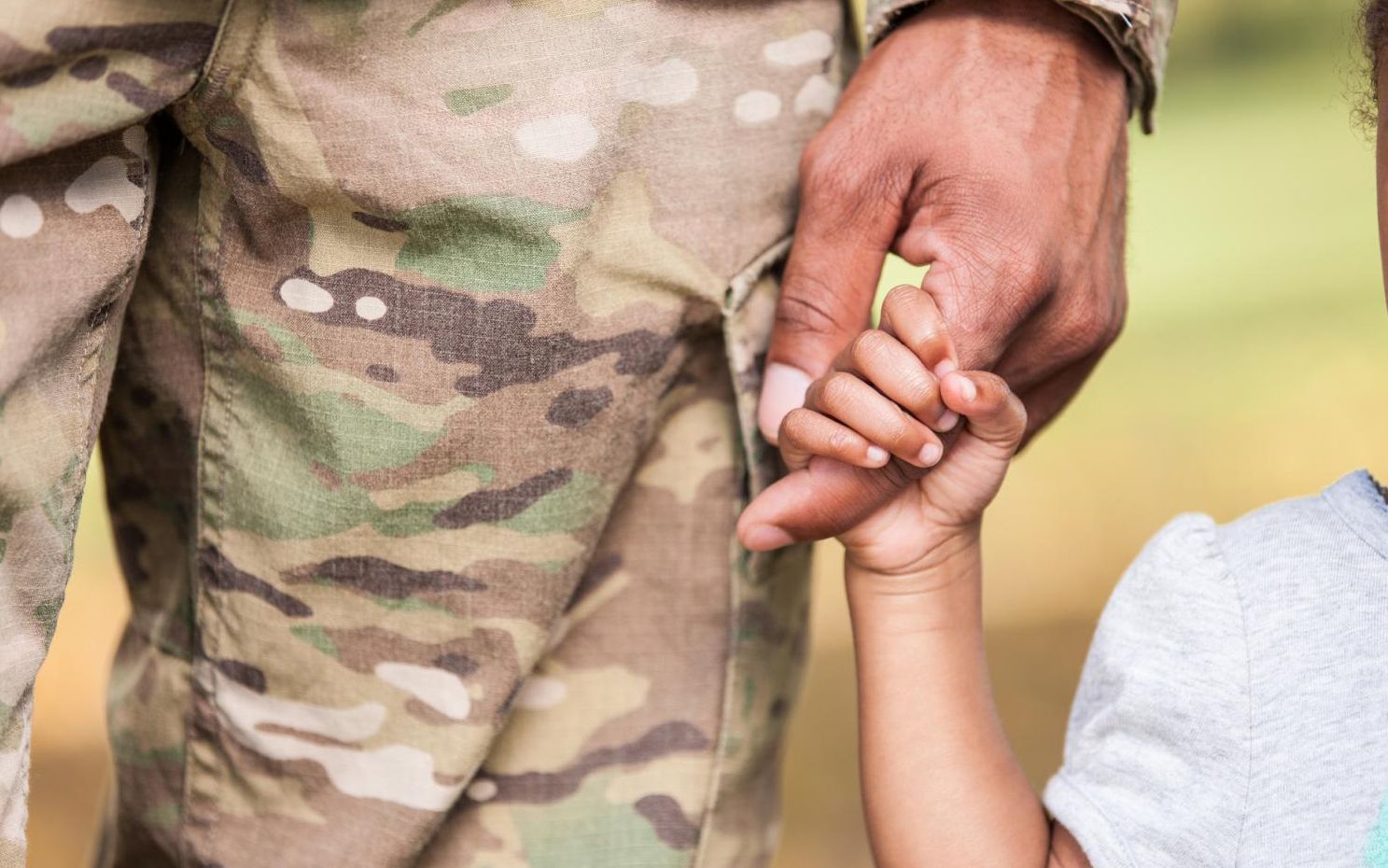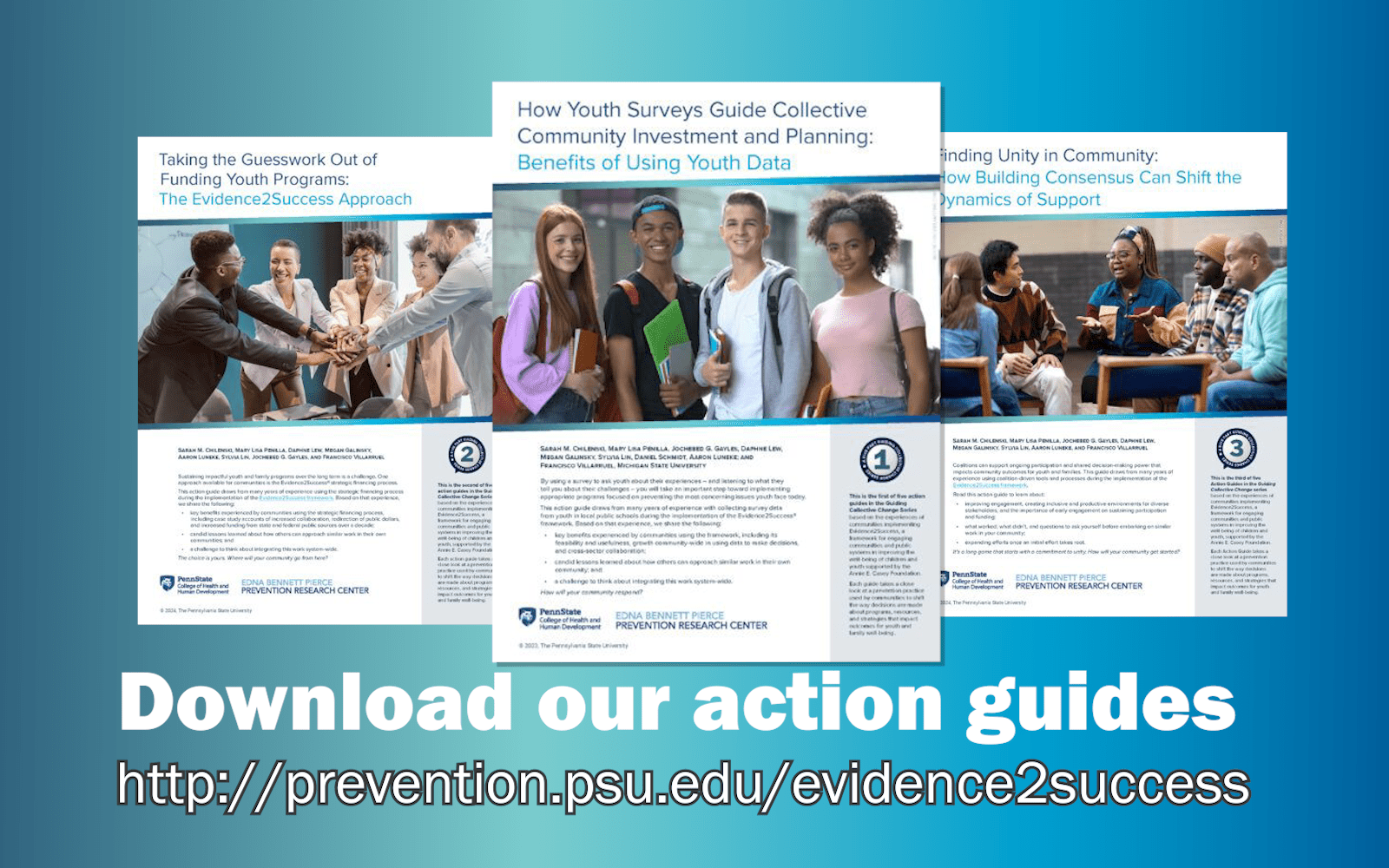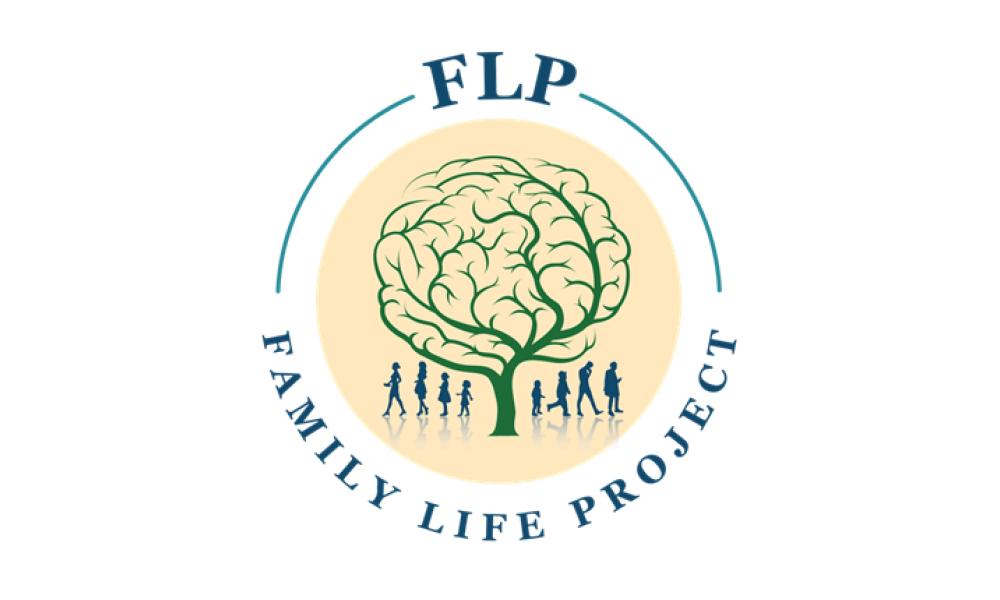Infants exposed to second-hand smoke may develop behavior problems later in life

baby-toy-in-mouth-AdobeStock_38846021-opt
Image: Adobe Stock
January 28, 2021
The Family Life Project identifies a wide array of risks from infancy through teen years
When parents think of baby-proofing, they may think of baby gates and outlet covers, but there might be something less obvious to consider: whether previous occupants of their home were smokers. According to a National Institutes of Health-funded study by researchers at Penn State and the University of North Carolina at Chapel Hill (UNC), babies can be exposed to nicotine left behind in the home.
Infants and toddlers may be at higher risk of exposure than older children. “Babies spend a lot of time on the ground, and tend to put everything into their mouths, so they may ingest nicotine from surfaces such as furniture and floors where smoke has settled,” explained the study’s principal investigator, Lisa Gatzke-Kopp, professor of human development and family studies at Penn State. “We found that some babies had exposure levels as high as smokers.”
The study also linked second-hand smoke exposure with behavior problems and symptoms of hyperactivity in children. This association remained significant, even after controlling for family poverty level; parental education; parental history of depression, hostility or attention deficit hyperactivity disorder; caregiver IQ; complications during pregnancy; and other factors.
“The effects of children ingesting nicotine from surfaces means that children can be exposed even if adults don’t smoke in the child’s presence. If the child is in a home where smoking takes place, or is held or cared for by an adult who smokes, that residue that remains on floors, clothing, and hair, can still find its way to the child’s system” said Gatzke-Kopp.
The researchers measured smoke exposure by taking saliva samples from 1,096 children when they were 6, 15, 24 and 48 months old, as part of the Family Life Project (FLP), a larger study of the biological, social and environmental factors that impact the well-being of children.
Since 2003, the FLP has collected a vast amount of data from more than 1,000 families living in semi-rural counties in Pennsylvania and North Carolina, many of whom are living in poverty. These include data from physical and mental health assessments, academic assessments, genetic information, blood and saliva samples, interviews of parents and teachers about the children’s cognitive and emotional development, site visits to the children’s classrooms and homes, and more.
Gatzke-Kopp and her fellow FLP researchers have followed the study participants from infancy through middle school and are now measuring outcomes such as asthma and obesity.
“Our team has done a heroic job of keeping in contact with families. We’ve sent researchers all over the country and have gathered data remotely as well. For those who don’t have internet at home, we have mailed questionnaires,” said Gatzke-Kopp.
The FLP is part of a larger initiative funded by the National Institutes of Health, Early Childhood Health Outcomes (ECHO), which links studies of approximately 50,000 children in 34 cohorts all over the country. Both Penn State and UNC have FLP research teams, and both are investigating behaviors and exposures that may put children at risk for substance abuse or other negative outcomes — even before they are born.
“ECHO allows us to increase the sample size by harmonizing measures, providing more diversity than any one study can offer,” Gatzke-Kopp said. With this much data at our disposal, our colleagues can develop interventions, trainings for educators, and educational programs for parents and caregivers that will contribute to keeping them safer and healthier.”
“I would love to talk with other researchers who are interested in the smoking data,” said Gatzke-Kopp. “We are excited by the possibilities this study has for helping children.” Researchers interested in collaborating with Gatzke-Kopp may contact her at lmk18@psu.edu.
Recent News
Infants exposed to second-hand smoke may develop behavior problems later in life

baby-toy-in-mouth-AdobeStock_38846021-opt
Image: Adobe Stock
January 28, 2021
The Family Life Project identifies a wide array of risks from infancy through teen years
When parents think of baby-proofing, they may think of baby gates and outlet covers, but there might be something less obvious to consider: whether previous occupants of their home were smokers. According to a National Institutes of Health-funded study by researchers at Penn State and the University of North Carolina at Chapel Hill (UNC), babies can be exposed to nicotine left behind in the home.
Infants and toddlers may be at higher risk of exposure than older children. “Babies spend a lot of time on the ground, and tend to put everything into their mouths, so they may ingest nicotine from surfaces such as furniture and floors where smoke has settled,” explained the study’s principal investigator, Lisa Gatzke-Kopp, professor of human development and family studies at Penn State. “We found that some babies had exposure levels as high as smokers.”
The study also linked second-hand smoke exposure with behavior problems and symptoms of hyperactivity in children. This association remained significant, even after controlling for family poverty level; parental education; parental history of depression, hostility or attention deficit hyperactivity disorder; caregiver IQ; complications during pregnancy; and other factors.
“The effects of children ingesting nicotine from surfaces means that children can be exposed even if adults don’t smoke in the child’s presence. If the child is in a home where smoking takes place, or is held or cared for by an adult who smokes, that residue that remains on floors, clothing, and hair, can still find its way to the child’s system” said Gatzke-Kopp.
The researchers measured smoke exposure by taking saliva samples from 1,096 children when they were 6, 15, 24 and 48 months old, as part of the Family Life Project (FLP), a larger study of the biological, social and environmental factors that impact the well-being of children.
Since 2003, the FLP has collected a vast amount of data from more than 1,000 families living in semi-rural counties in Pennsylvania and North Carolina, many of whom are living in poverty. These include data from physical and mental health assessments, academic assessments, genetic information, blood and saliva samples, interviews of parents and teachers about the children’s cognitive and emotional development, site visits to the children’s classrooms and homes, and more.
Gatzke-Kopp and her fellow FLP researchers have followed the study participants from infancy through middle school and are now measuring outcomes such as asthma and obesity.
“Our team has done a heroic job of keeping in contact with families. We’ve sent researchers all over the country and have gathered data remotely as well. For those who don’t have internet at home, we have mailed questionnaires,” said Gatzke-Kopp.
The FLP is part of a larger initiative funded by the National Institutes of Health, Early Childhood Health Outcomes (ECHO), which links studies of approximately 50,000 children in 34 cohorts all over the country. Both Penn State and UNC have FLP research teams, and both are investigating behaviors and exposures that may put children at risk for substance abuse or other negative outcomes — even before they are born.
“ECHO allows us to increase the sample size by harmonizing measures, providing more diversity than any one study can offer,” Gatzke-Kopp said. With this much data at our disposal, our colleagues can develop interventions, trainings for educators, and educational programs for parents and caregivers that will contribute to keeping them safer and healthier.”
“I would love to talk with other researchers who are interested in the smoking data,” said Gatzke-Kopp. “We are excited by the possibilities this study has for helping children.” Researchers interested in collaborating with Gatzke-Kopp may contact her at lmk18@psu.edu.
Related Projects
Related People
Recent News
Related Projects
Related People
Recent News










